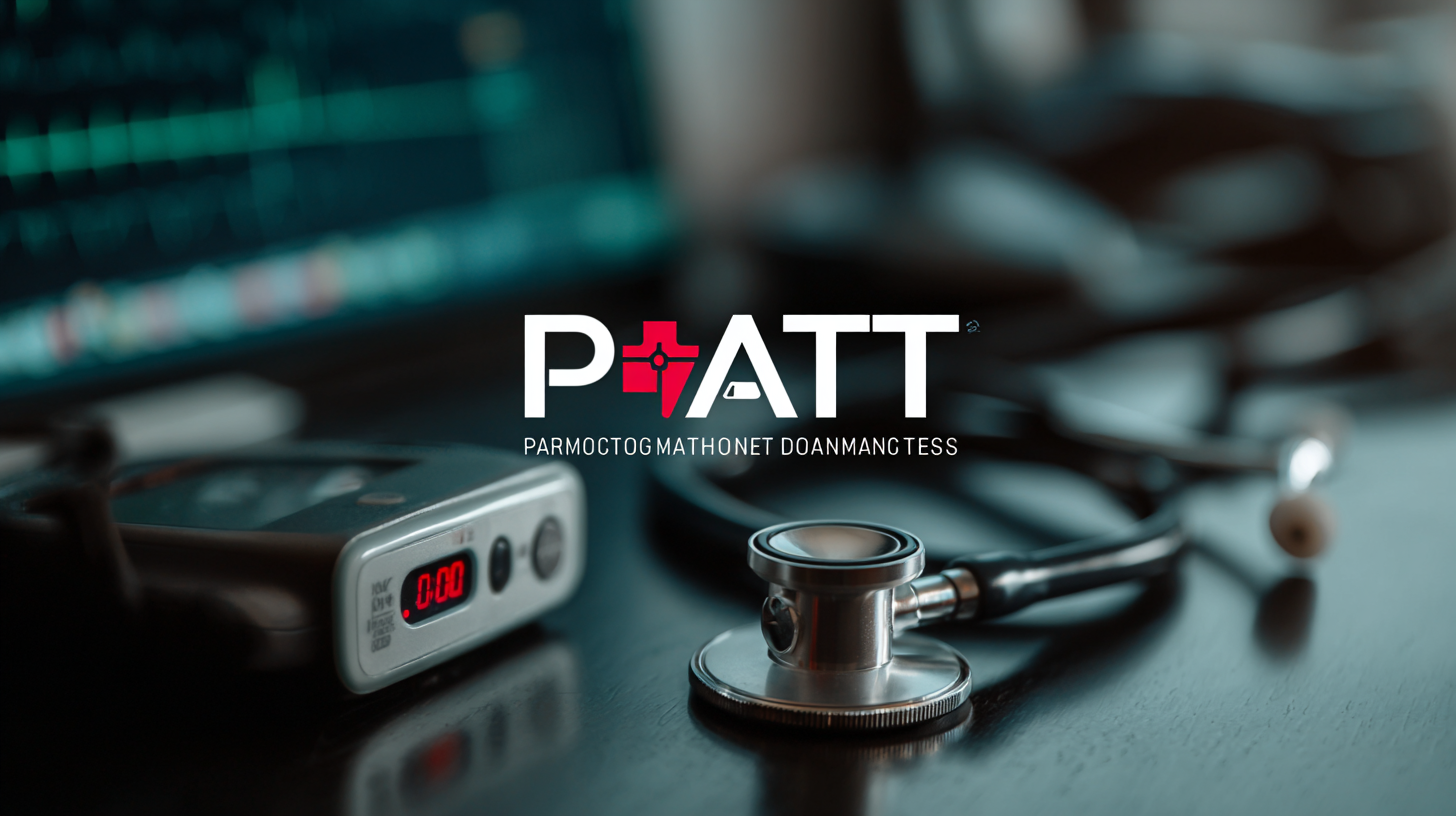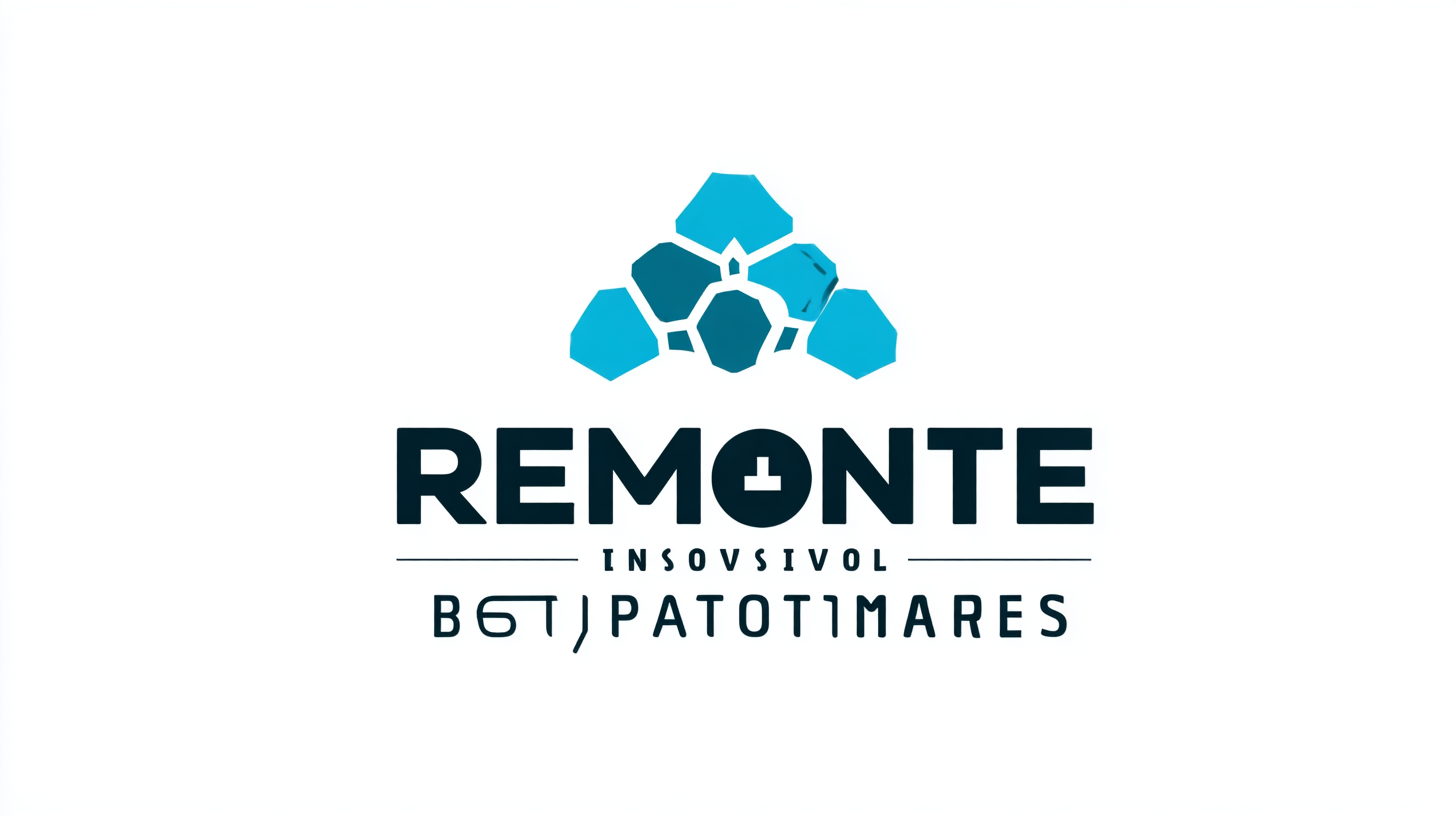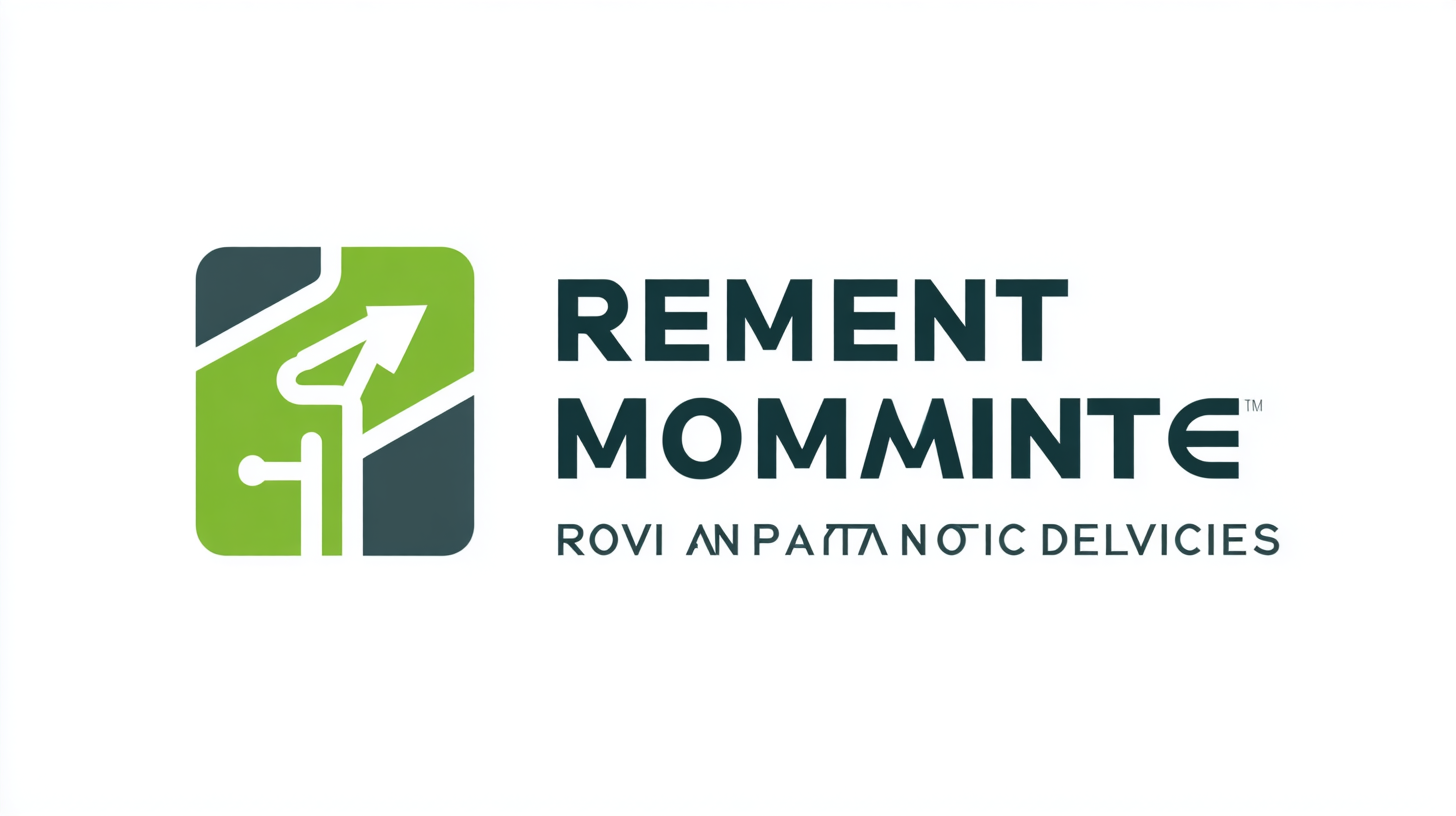Exploring Innovative Alternatives to Best Remote Patient Monitoring Devices
The advent of Remote Patient Monitoring Devices (RPMDs) has revolutionized the healthcare landscape, offering innovative solutions for chronic disease management and improving patient outcomes. According to a recent report by MarketsandMarkets, the RPM market is projected to grow from $1.2 billion in 2020 to $2.4 billion by 2025, highlighting an increasing reliance on technology to facilitate patient care remotely. This surge reflects the demand for efficient monitoring systems that empower healthcare providers to capture real-time data, ultimately enhancing patient engagement and adherence to treatment plans. However, while traditional RPMDs have paved the way for remote healthcare, there is a pressing need to explore alternative solutions that can offer more adaptability, ease of use, and integration with digital health platforms.

In this blog, we will delve into various innovative alternatives to established RPM devices, evaluating their potential to reshape patient care in an increasingly digital world.
Understanding the Importance of Remote Patient Monitoring in Modern Healthcare
Remote Patient Monitoring (RPM) has emerged as a crucial component of modern healthcare, enabling healthcare providers to continuously track patient health metrics outside traditional clinical settings. According to a recent report by Market Research Future, the global RPM market is expected to reach approximately $2.1 billion by 2025, reflecting a compound annual growth rate (CAGR) of 36.2%. This surge is driven by increasing chronic disease prevalence and a growing demand for cost-effective healthcare solutions. RPM not only facilitates better management of conditions like diabetes and hypertension but also significantly reduces hospital readmission rates, which, as reported by the Health Affairs Journal, can save the U.S. healthcare system billions annually.
Furthermore, the COVID-19 pandemic has accelerated the adoption of RPM technologies as healthcare providers sought to minimize in-person visits. The McKinsey & Company report highlighted that telehealth utilization soared to 78 times higher than before the pandemic, indicating a permanent shift in how care is delivered. RPM devices allow for real-time health monitoring, enabling timely interventions that improve patient outcomes. With an expected 20% of the population using such technologies by 2024, the emphasis on patient engagement and self-management in healthcare will only continue to grow, emphasizing the need for innovative alternatives that enhance RPM capabilities.
Exploring Innovative Alternatives to Best Remote Patient Monitoring Devices - Understanding the Importance of Remote Patient Monitoring in Modern Healthcare
| Device Type | Key Features | Patient Benefits | Monitoring Capabilities | Data Security |
|---|---|---|---|---|
| Wearable Fitness Trackers | Heart rate monitoring, steps tracking | Encourages active lifestyle, real-time health insights | Daily activity and sleep quality tracking | Encryption, secure user accounts |
| Blood Pressure Monitors | Automatic readings, syncing with apps | Tracks hypertension, alerts on abnormal readings | Real-time blood pressure data | Data anonymization, secure data transmission |
| Glucose Monitors | Continuous glucose monitoring, alerts | Smarter insulin management, fewer finger pricks | Continuous glucose levels | Secure login, encrypted data storage |
| Pulse Oximeters | Oxygen saturation tracking, easy-to-read display | Early warning for respiratory issues | Oxygen saturation and pulse rate | Data protection through access controls |
| Telehealth Platforms | Video conferencing, secure messaging | Access to healthcare professionals from home | Remote consultations and follow-ups | HIPAA compliant, strong data encryption |
Innovative Technologies Revolutionizing Patient Monitoring Experiences
The landscape of remote patient monitoring (RPM) is rapidly evolving, driven by innovative technologies that enhance not only the efficiency of healthcare delivery but also the overall patient experience. According to a report by Grand View Research, the global remote patient monitoring market is expected to reach $2.2 billion by 2026, highlighting the growing demand for smart health technologies. These innovations include wearable devices equipped with advanced sensors that provide real-time health data. This shift empowers patients to take control of their health, enabling continuous monitoring of vital signs such as heart rate and blood pressure from the comfort of their homes.
Moreover, artificial intelligence and telehealth platforms are playing a significant role in transforming patient monitoring experiences. A study by Deloitte indicates that AI in healthcare could potentially save up to $150 billion annually by 2026 through improved efficiencies in care management and monitoring programs. With technology enabling remote consultations and customized care plans, patients are now more engaged in their health journey, leading to better outcomes and lower hospitalization rates. Through these pioneering solutions, the future of RPM looks promising, setting the stage for a healthier and more connected population.
Comparative Analysis of Emerging Remote Patient Monitoring Devices
Remote patient monitoring (RPM) has rapidly evolved, leveraging the Internet of Medical Things (IoMT) to enhance patient care. This comparative analysis delves into the components and enabling technologies of emerging IoMT solutions. Key pillars such as sensing and communication are critical, as they facilitate real-time data collection and transmission, enabling healthcare providers to make informed decisions quickly. Furthermore, the integration of artificial intelligence (AI) in telehealth has shown promising results, particularly in improving diagnostic accuracy and streamlining workflows in hospitals.
Tips for choosing an RPM device include assessing the specific needs of the patient population, ensuring data security and privacy through robust mechanisms like blockchain, and evaluating the compatibility of devices with existing healthcare systems. With a variety of innovative solutions available, it's essential to understand how different devices perform in terms of user-friendliness, data accuracy, and integration capabilities.
Also, consider the role of Explainable AI in decision-making processes. This technology can enhance confidence in AI-driven decisions, particularly in telehealth scenarios such as strep throat screenings. By employing unconventional data sources, like smartphone images, healthcare providers can harness nuanced insights that traditional systems may overlook, thus providing better healthcare delivery.
Comparative Analysis of Remote Patient Monitoring Devices
This bar chart illustrates the comparative analysis of various remote patient monitoring devices based on the number of monitoring features they offer. Device B stands out with the highest number of features at 30, followed by Device C with 25 features.
Key Features to Look for in Remote Patient Monitoring Solutions
As the healthcare landscape evolves, remote patient monitoring (RPM) devices are becoming essential in facilitating better patient outcomes. When exploring innovative alternatives to best RPM solutions, key features to consider include integration with existing healthcare systems, real-time data analytics, and user-friendly interfaces. According to industry reports, the global remote patient monitoring market is projected to reach a valuation of $2.4 billion by 2025, growing at a CAGR of 30.2%. This rapid growth underscores the importance of selecting devices that not only gather data but can also analyze it effectively for timely interventions.

Tips: When evaluating RPM solutions, prioritize those that offer mobile compatibility to enhance accessibility for both patients and healthcare providers. Additionally, look for devices that support interoperability to ensure seamless data exchange across platforms.
Moreover, the rise of IoT technologies, particularly with the advent of Wi-Fi 7, presents new opportunities for RPM devices to function at optimal levels. This next-generation wireless technology is set to enhance the connectivity of healthcare devices, making it easier to transmit large volumes of data swiftly and securely. By 2030, it is estimated that the IoT market could surpass $1 trillion, highlighting the substantial growth potential for RPM devices that leverage this connectivity.
Tips: Always check for device scalability and future-proofing, as expanding your RPM capabilities can shield your healthcare practice from rapid technological changes. Furthermore, opt for devices with robust security features to protect sensitive patient data.
How to Implement and Maximize the Benefits of Remote Monitoring Tools
 Remote patient monitoring (RPM) tools have revolutionized healthcare delivery, offering patients the convenience of managing their health from home while allowing providers to track vital metrics in real-time. According to a report by Markets and Markets, the global RPM market is expected to grow from $1.2 billion in 2020 to $2.4 billion by 2025, highlighting the increasing reliance on technology to improve patient outcomes. Implementing these tools effectively requires careful planning and engagement from both patients and healthcare providers.
Remote patient monitoring (RPM) tools have revolutionized healthcare delivery, offering patients the convenience of managing their health from home while allowing providers to track vital metrics in real-time. According to a report by Markets and Markets, the global RPM market is expected to grow from $1.2 billion in 2020 to $2.4 billion by 2025, highlighting the increasing reliance on technology to improve patient outcomes. Implementing these tools effectively requires careful planning and engagement from both patients and healthcare providers.
To maximize the benefits of RPM, ensure that patients are properly educated about the tools they will use. Clear instructional materials and hands-on demonstrations can significantly enhance user experience. Consider incorporating regular follow-ups to address concerns or questions about the technology, fostering a continuous support environment.
Another critical tip is to integrate RPM data seamlessly into existing healthcare workflows. Utilizing platforms that allow for data visualization can provide clinicians with actionable insights quickly, improving decision-making capabilities. A study published in the Journal of Medical Internet Research found that practices utilizing integrated RPM solutions reported a 32% reduction in hospital readmissions. By focusing on these strategies, health systems can harness the full potential of remote monitoring tools and ultimately enhance patient care.
